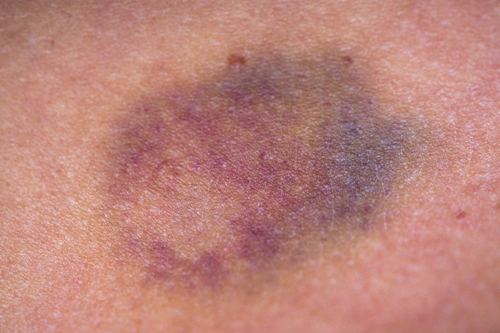Transformation and Application of Gene Editing Techniques 1
source:未知 author:admin Release time:2020-02-15 12:05 Browse volume:
New Scientist: gene editing promises to treat hemophilia
2015/12/13 Biological help
share it:
Guide
The first case of in vivo cellular gene editing is coming soon. The technology will be tested for treating hemophilia type B, a coagulopathy that can cause spontaneous internal bleeding.
2015/12/13 Biological help
share it:
Guide
The first case of in vivo cellular gene editing is coming soon. The technology will be tested for treating hemophilia type B, a coagulopathy that can cause spontaneous internal bleeding.

The first case of in vivo cellular gene editing is coming soon. The technology will be tested in treating hemophilia B, a coagulopathy that can cause spontaneous internal bleeding.
News of the clinical trial was announced at the International Human Gene Editing Summit in Washington, DC, USA. The conference focused on a revolutionary genetic engineering technology called CRISPR, especially its application to the human body.
Gene editing is the deletion, addition, or alteration of DNA at a precise location in the genome. CRISPR is a relatively low-cost, simpler, and more accurate method of gene editing that has the potential to treat many diseases. Although researchers have collected human cells for similar gene editing, and have used relatively mature and more expensive gene editing methods in the treatment of leukemia and HIV infection, this new method has not yet undergone clinical human trials.
Upcoming experiments will use one of the more mature technologies, using a DNA called zinc finger nuclease as a shearing tool, which can be injected directly into the bloodstream to work.
Hemophilia B is caused by a genetic mutation that directs the liver to produce a clotting protein called the ninth coagulation factor. People with mutations in this gene are not able to produce enough factor nine and must avoid activities that can cause cuts or physical trauma, including movements that involve physical contact. Regular or intermittent factor nine blood transfusions can help improve this condition, but many patients also suffer from complications such as joint pain and are at high risk for other diseases.
Now, medical experts use zinc finger nucleases discovered by Michael Holmes and Thomas Wechsler of the Sangamo Biopharmaceutical Company in Richmond, California to insert a correct version of the mutant gene into the genome. They have used a harmless virus to inject the nuclease in the livers of mice and primates that have lost the factor nine gene.
Treated mice and primates begin to produce regular levels of factor IX, allowing blood flow in experimental animals to clot normally. The team is about to start clinical trials in adult patients with hemophilia B. "Once used clinically, our dream is to transfer this technology to the pediatric field." Said Fyodor Urnov, another researcher at Sangamo Biopharmaceuticals. Link source: http://www.biodiscover.com/news/research/124564.html


Related news